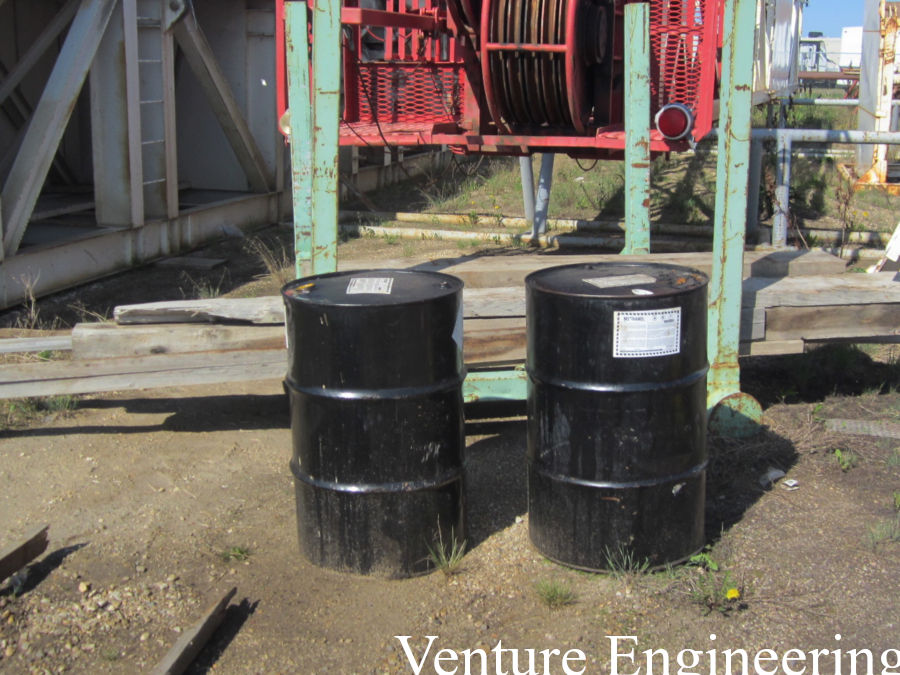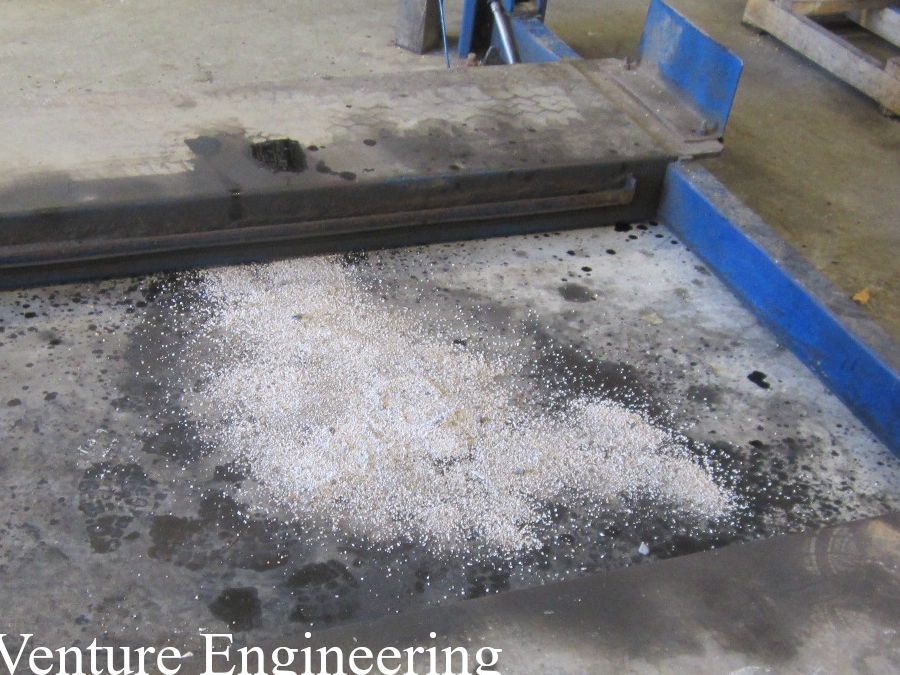What is an Environmental Site Assessment?
Real estate buyers, sellers, lenders, agents and lawyers involved in property transactions leverage Environmental Site Assessments (also known as “ESA”) conducted by an engineering or specialized environmental firm as part of their due diligence process. Typically, considered as a preliminary site condition report, the value of an ESA lies in its ability to determine and assess actual or potential contamination onsite, either through current activities, historical operations or leakage from neighbouring properties; all of which may create an impending financial liability.
We complete a full-analysis of the property from determining the site’s current use, condition, and demography – to examining the potential impact of neighboring properties to the site. Give us a call today at (780) 484-1974!
Conducting an ESA can reduce environmental or financial liability, and associated risks.
ESA’s have become the standard when property ownership transfers, or land-use zoning changes; and is often required by lending institutions or governmental agencies.
There are three tiers of an ESA inspection process:
• Phase 1 Environmental Site Assessment, or Phase 1 ESA: Includes a review of the historical records and background of the site, a site inspection of the property as it is in its present-day state, and an analysis to determine potential contamination on or near the site.
• Phase 2 Environmental Site Assessment, or Phase 2 ESA: Should a Phase 1 ESA result in the identification of potential sources of contamination, a Phase 2 ESA may be required to assess the existence and level of identified concerns through the sample collection and analysis of suspect materials.
• Phase 3 Environmental Site Assessment, or Phase 3 ESA: Finally, a Phase 3 ESA is the formulation and completion of remediation plans or site management measures to mitigate the contamination that was identified in the Phase 1 and Phase 2 ESA’s.
Environmental site assessments should be conducted according to standards set by the CSA, a global organisation dedicated to safety, social good, and sustainability, as well as a leader in protection and environmental certification around the world.

Venture Engineering completes full-analysis of the property from determining the site’s current use, condition, and demography.
The Benefits of Conducting Environmental Due Diligence
Outside of reducing financial liability, and completing one’s due diligence, an environmental site audit should be conducted for an investor’s peace of mind during the consideration or actual process of purchasing real estate. It is through the Phase 1 Environmental Site Assessment that information gathered can prompt or aid the understanding of environmental concerns such as potential or existing contamination through on-site operations or contaminants on a neighbouring site. As with most investment costs, understanding the benefits, limitations, and input expenses related to the environmental audit and assessment of a site aids in a better understanding of the value of the service and report.
With over 4,000 Phase I Environmental Assessment inspection and reports under our belt, we have solidified our position as an authority in the Edmonton real estate marketplace. Venture Engineering is your choice engineering firm to conduct your environmental site assessments! Give us a call at (780) 484-1974! .
What is a Phase 1 Environmental Site Assessment?
A Phase 1 Environmental Site Assessment is typically completed during the pre-acquisition phase of a real estate transaction as it helps to identify past or present potential site contamination, thus reducing the uncertainty associated with potential environmental liabilities.
As part of the Phase 1 ESA, the current environmental condition of the property and buildings (if included in scope) is assessed by reviewing information that is reasonably accessible or available through non-invasive means (i.e. no sampling is taken). As part of the survey, a review of the current and historical activities on the site and neighbouring properties are also completed to determine the risk of potential environmental impact. Such measures include a historical study (using aerial photographs, fire insurance maps, government archives and associated file searches), a site visit, as well as personal interviews with owners, occupants, neighbours, and local government officials as necessary.
Government Standards of the Assessment
Our Phase 1 Environmental Site Assessment is based on and conducting in-line with the procedures and reporting requirements of the Canadian Standard Association (CSA) Z768-01 – Phase 1 Environmental Site Assessment.
What are Other Reasons why I may Need to Complete a Phase 1 Environmental Site Assessment?
Besides purchasing or transferring property, other common reasons why a client may request a Phase I ESA is to establish:
- The property’s baseline environmental conditions
- For site re-zoning (often a regulatory requirement)
- For mortgage refinancing purposes
- During the dissolution of a business partnership
- During the formation of a business partnership, or
- At the request of a governing body.
Does a Phase I ESA Involve Testing or Sampling?
A Phase 1 Environmental Site Assessment reviews the current activities on site using a non-invasive methodology. No samples on-site, such as soil, groundwater, or building materials are taken. Sampling and testing are, however, conducted during a Phase II ESA should it be deemed required or recommended.
Why would a Phase 1 ESA require a Phase 2 Environmental Site Assessment to be Completed
The results of a Phase 1 Environmental Site Assessment may uncover potential sources of environmental concern that may warrant further investigation via a Phase 2 ESA.
A few examples of common concerns which may warrant a Phase 2 Environmental Site Assessment may include:
- The discovery of a spill or staining
- Evidence of a leaking underground storage tank; or minimal information on the decommission, usage of an underground storage tank
- Finding releases from adjacent properties

With over 4,000 Phase 1 Environmental Site Assessments completed over the past 30 years, we have become a trusted expert in the industry.
Where Have We Worked
Venture Engineering Consultants has been conducting Phase 1 Environmental Site Assessments since the early 1990’s. With over 4,000 assessments completed over the past 30 years, we have become a trusted expert in the industry. We have conducted Phase I ESA’s throughout Alberta, including Edmonton, Calgary, Red Deer, and surrounding areas; as well as neighboring provinces.
The majority of the lenders recognize us, and our reports are often used to solidify lending for real estate projects. See what Venture Engineering can do for you, give us a call at (780) 484-1974.
Our clients request our environmental assessment services for either mortgage or re-zoning purposes. A Phase I investigation provides all the information that buyers, sellers, lenders and insurers need to guard against legal and financial risks.
A Phase I Environmental Assessment involves gathering relevant information and a visual, non-destructive, non-sampling site inspection.
To get the complete picture, interviews with occupants to obtain information on the past use and any modifications made to the site are completed, and review of documentation for the site, including aerial photographs, environmental permits and documents (if necessary) related to the use, treatment or disposal of hazardous wastes and operational records.
After the extensive background search and thorough site inspection, we compile the information into a Phase I report detailing the results of the site inspection, interviews and document review; and presenting recommendations for any necessary further investigation.